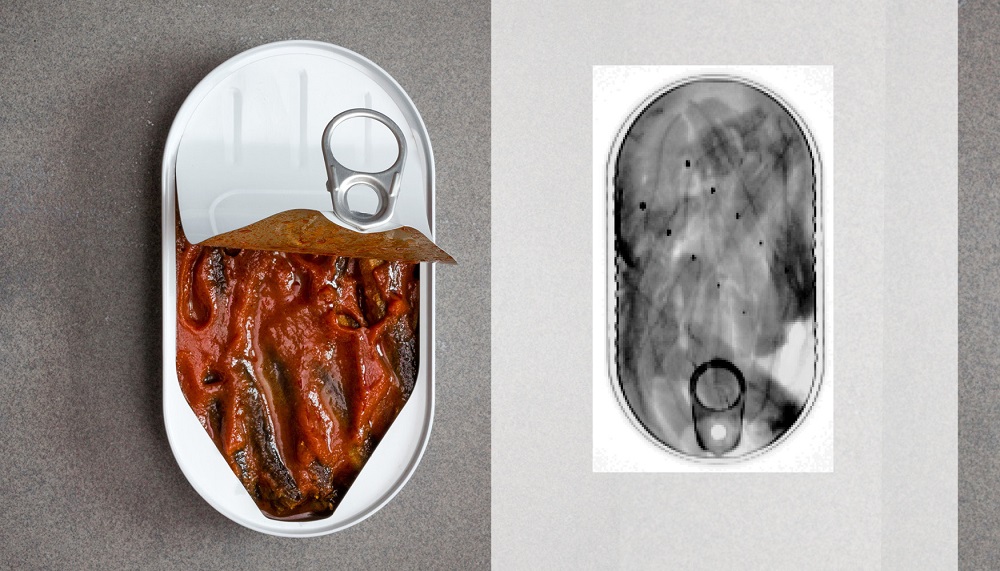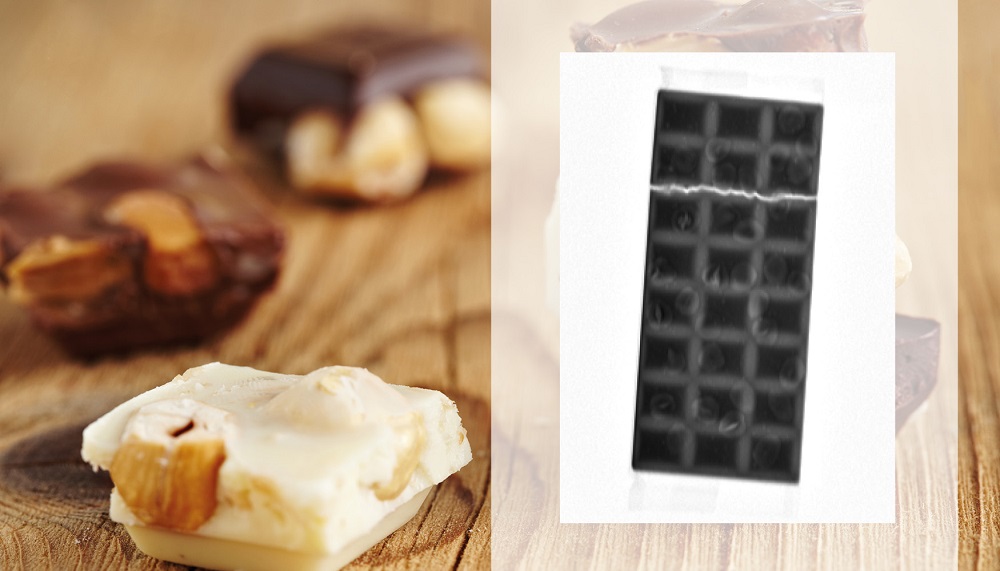X-ray: why in many places quality control is becoming difficult without X-ray
In food production, potential contamination risks – both visible and invisible – are found at almost every stage of production. Therefore, “Lebensmittelwarnung.de”, a food safety news site on the portal of the federal states and the Federal Office of Consumer Protection and Food Safety BVL, regularly posts warnings of chromium VI or cadmium values, increased salmonella contamination or foreign bodies in foods, just to name a few.
The list of foreign bodies is diverse and ranges from screws to splinters of metal in food. Metal detection will detect these items; but how about non-metal foreign bodies such as gaskets, glass or plastic parts?
Moreover, what about engineering plastics that are becoming more and more important in machine construction?
These plastics in particular are very important in terms of verification. Not least because semi-finished products, structural parts or entire assemblies are increasingly made of engineering plastics – even in machines intended for use in the food industry.
All industries, including the food industry, have now recognised that engineering plastics, whether modified thermoplastic synthetics or plastic-substituted metal components, can certainly compete with metals in terms of weight, load-bearing capacity, compressive strength, impact resistance or corrosion resistance. However, there are no pros without cons. The fact that it is not possible to detect plastics with traditional metal detectors brings about a mindshift when it comes to inspection technologies.
Metal detectors vs. X-ray inspection systems
Moving away from metal detection to X-ray detection or a combination of both applications. X-ray ensures that food producers are not dependent on conductivity and magnetic permeability and allows them to check for contamination caused by rubber, glass or even plastic particles.
The HACCP audit, which classifies the anticipated production risks within the production line, ultimately determines which of the two inspection technologies to use. The food producers verify critical control points, which generate a basis for specific recommendations for one of the two technologies or even a combination of both.
X-ray can do much more than reveal foreign bodies
Compared to metal detectors, the multitude of foreign bodies identified with X-ray technology is significantly greater. Glass, bones, stones or even plastics are detected in food even at high speeds and, depending on the technical implementation of the production plant, can be rejected. X-ray, making use of the radioscopy principle, employs a detector to determine the different shades of grey and generates an X-ray image that is analysed using various inspection algorithms. These algorithms of the associated software identify irregularities in the results that signify an error or a “foreign element”.
Yet companies benefit much more from X-ray detection: in addition to finding contaminants, technological progress makes it possible for X-ray to cover a large number of other areas of quality assurance. When integrated in a production line, it can also check the fill level or weight of the goods. In addition, the use of X-ray has significant advantages when it comes to packaging materials. Besides checking the weight of packaged goods, it can also assess whether heat-sealed seams have been applied and sealed properly or whether or not the label is positioned correctly.
Food manufacturers who, for example, value a low total cost of ownership and therefore rely on systems with engineering plastics, should rethink their quality assurance in parallel. The correct answer to the question of metal detection vs. X-ray or a meaningful combination of both can significantly help reduce the number of processed food recalls.
The importance of inspection technologies further increases in view of the fact that studies show consumers are willing to spend more money for tested quality. As the demand for ready meals and semi-prepared meals rises, the number of packaged products will increase, as will the variety of packaging materials. Only those who are technically up to date at that point will be able to hold their ground against increasing competitive pressure and retain their customers in the long term.


